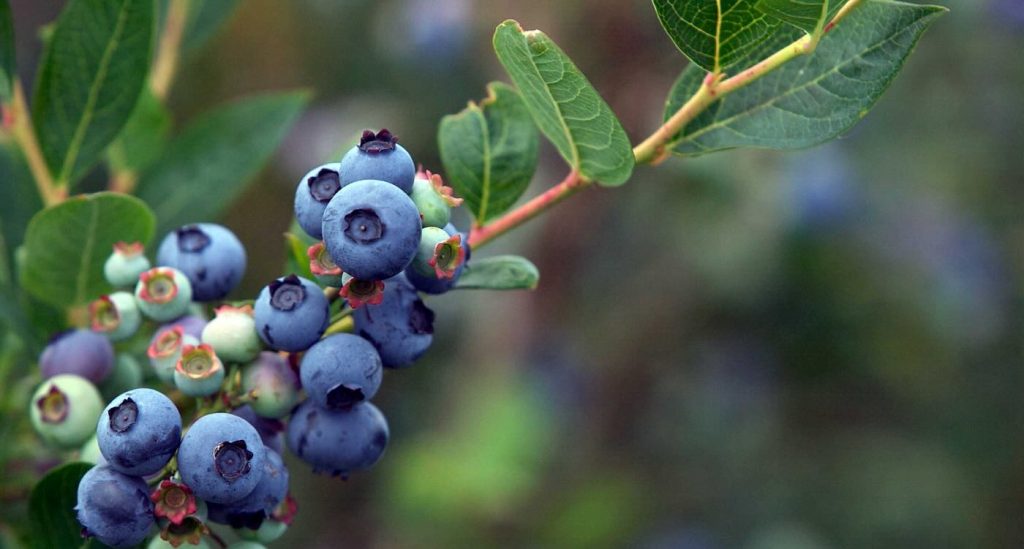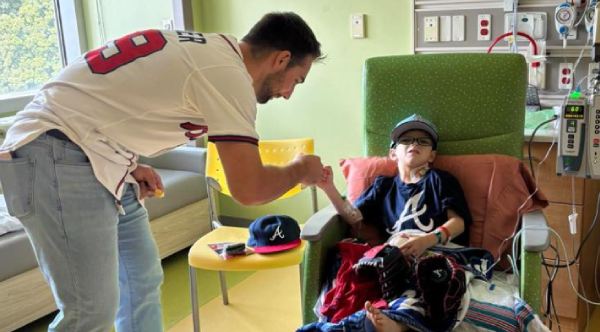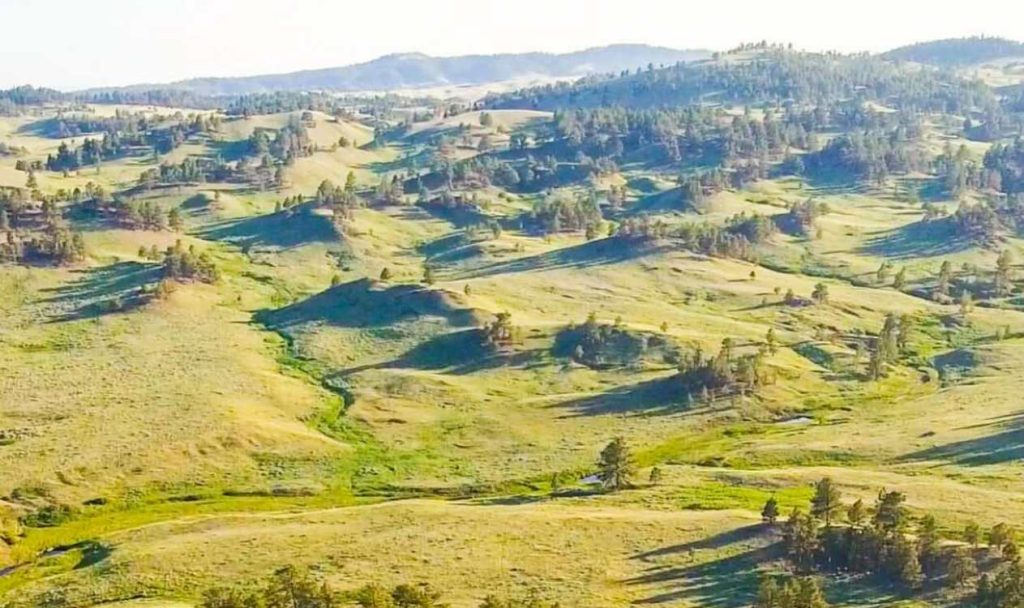In a remarkable turn of events, the Yurok Tribe in Northern California has successfully reclaimed their ancestral lands, marking a significant milestone in a broader initiative to honor indigenous stewardship. This story is not just about land restoration; it’s about healing, resilience, and the enduring bond between a community and its heritage.
In the heart of Northern California, a serene transformation is taking place: the land once lost to gold rush pursuits and timber companies is now returning to its rightful stewards, the Yurok Tribe. Through an initiative from the Department of the Interior, 76 square miles nestled near the storied Klamath River are being restored to the tribe, a pivotal moment that echoes their enduring connection to the land.
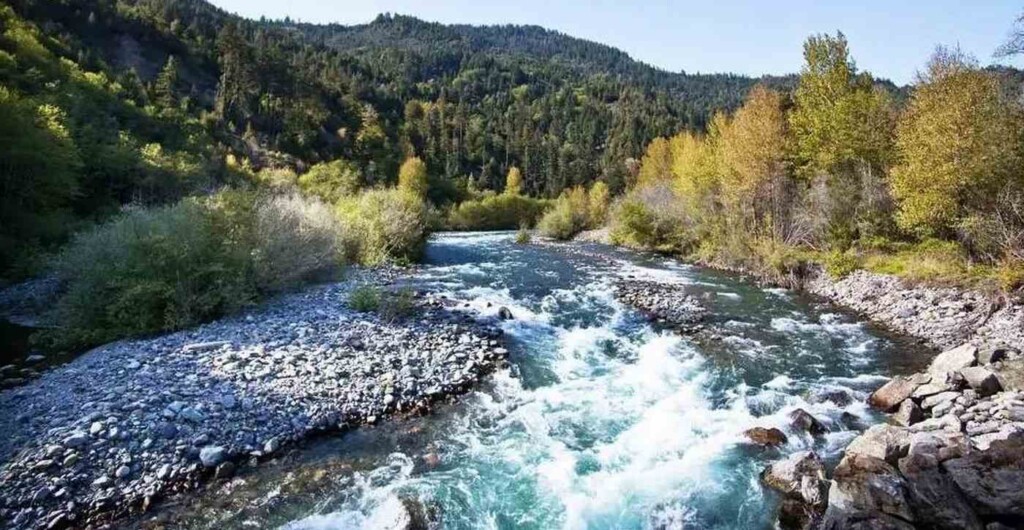
Blue Creek, the centerpiece of this reclamation, sparkles with the clarity of its waters, inviting everyone to appreciate its unspoiled beauty. Once heavily fished and hunted by the Yurok people, this cold-water tributary has not only provided food but has been a vital part of their cultural heritage.
Barry McCovey Jr., the director of the Yurok Tribal Fisheries Department, recounts the thrill and anxiety of his childhood fishing adventures at Blue Creek. “I remember sneaking past the gates, hoping to avoid security while trying to catch a steelhead,” he reflects. Now, that same creek is once again under tribal stewardship, and the joy in his voice is palpable when he states, “It’s incredible to see this land return to us after so many years.”
This restoration journey doesn’t stop at ownership. The tribe has ambitious plans to rejuvenate the land, including reviving native prairies, managing underbrush with controlled burns, and restoring critical fish habitats. “Maybe I won’t see all of it completed in my lifetime,” Barry acknowledges, “but it’s not just about me. It’s for future generations.”
In another historic move, the Yurok Tribe recently played a pivotal role in dismantling four hydroelectric dams along the Klamath River. This monumental removal has revitalized the salmon population—a vital food source and cultural symbol—bringing joy to the tribe as they witness these fish return to their spawning grounds for the first time in decades.
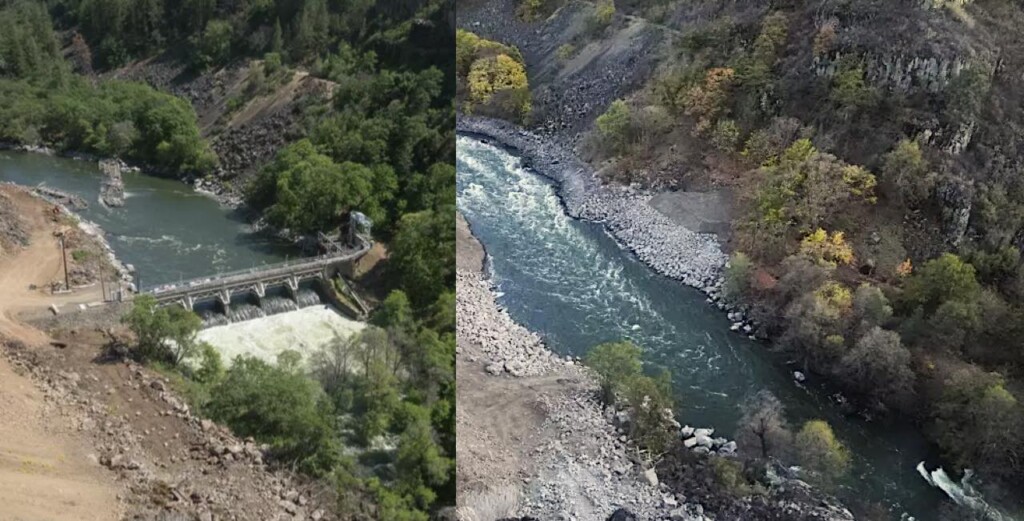
As Joseph L. James, chairman of the Yurok Tribe, puts it, “Seeing salmon spawning above the former dams fills my heart. Klamath Basin tribes fought for decades to make this day a reality for our future generations.”
In a further testament to their commitment to natural stewardship, the Yurok Tribe has become the first tribal nation in the U.S. to co-manage land alongside the National Park Service, fostering a collaborative approach to conservation that benefits both tribal culture and biodiversity.
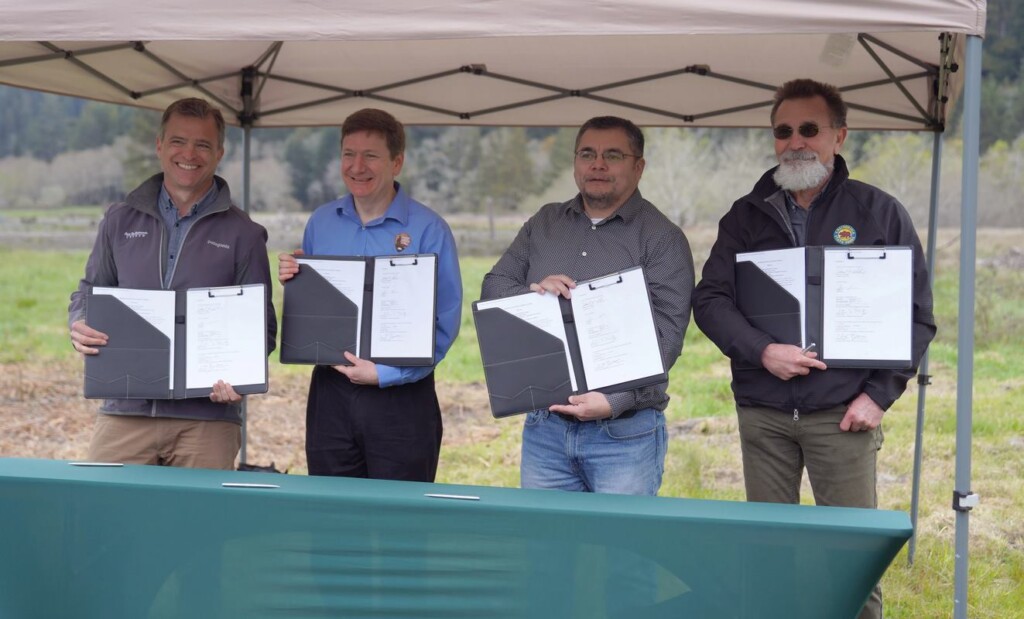
By purchasing and returning land adjacent to Redwoods National Park to the Yurok, the nonprofit Save the Redwoods has played a crucial role in this journey of reclamation. The restored forest will not only thrive but will also enhance the visitor experience for the park’s 1 million annual guests, enriching both cultural appreciation and ecological stewardship.
Back at Blue Creek, the work has already begun to remove invasive tree species and restore a natural balance, with plans to create wildlife habitats using materials from the land itself. This remarkable project, made possible through a $56 million effort from Western Rivers Conservancy and community support, illustrates the power of collaboration between Indigenous voices and environmental advocacy.
The Land Back movement, which aims to restore indigenous rights to ancestral lands, has seen a significant resurgence, with 4,700 square miles—an area larger than Yellowstone National Park—returned to tribes across 15 states. It’s a movement that echoes the hopes of many indigenous communities seeking to heal the wounds of the past and nurture the earth for future generations.
SHARE This Inspiring Indigenous News With Your Friends On Social Media…
If you would like to see similar good news stories click here & Share this to brighten someone’s day.


